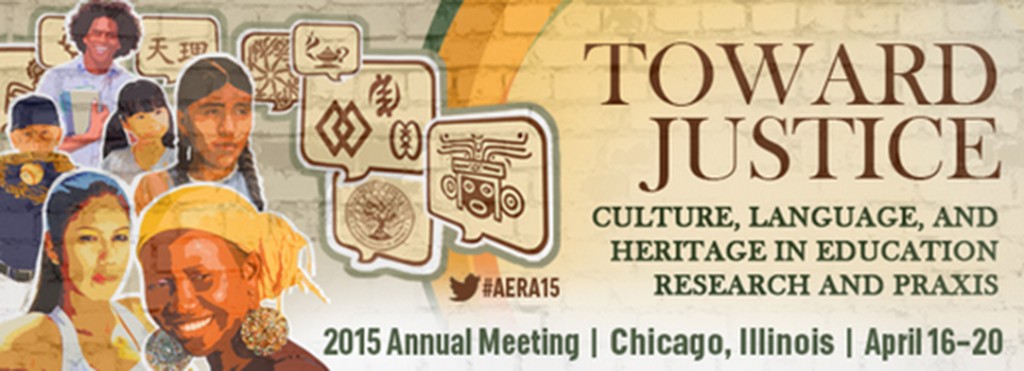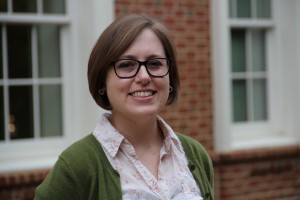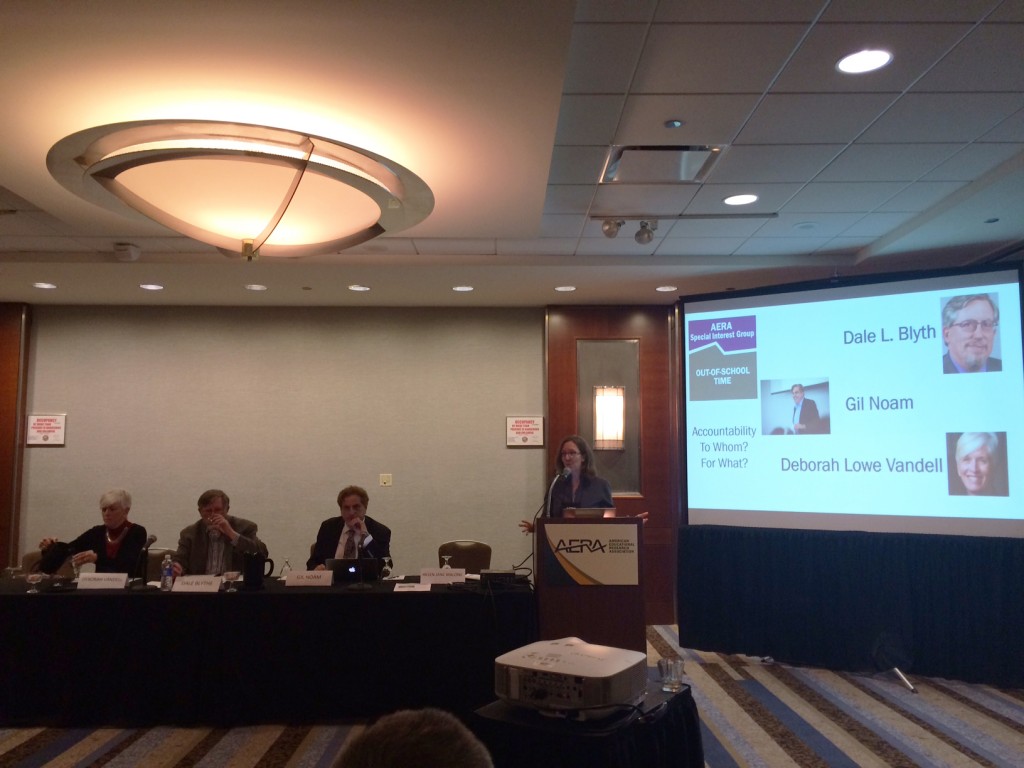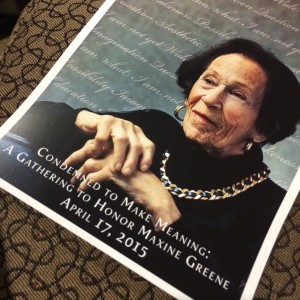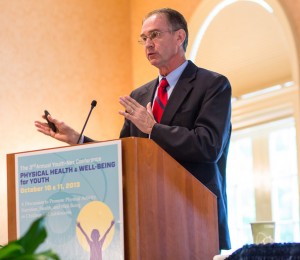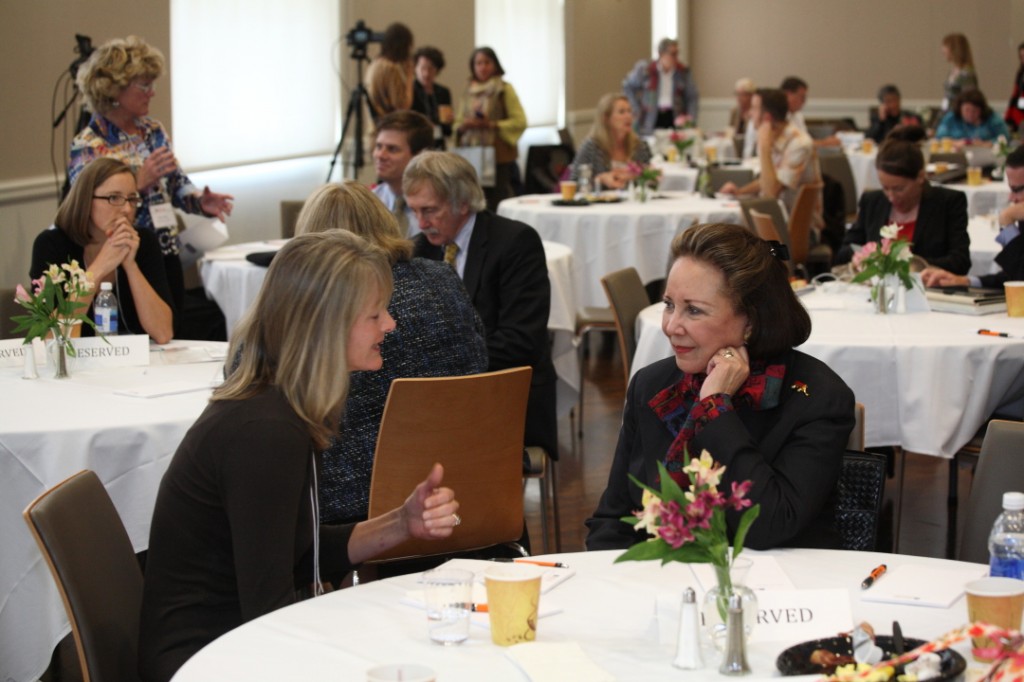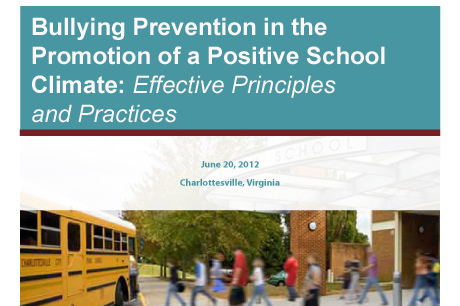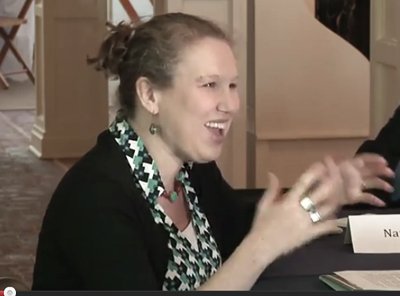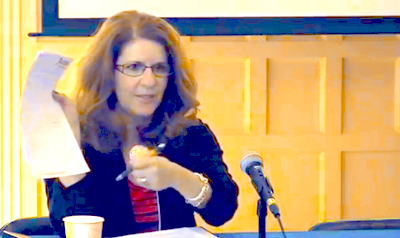By Symia Stigler & Kaitlin Nichols
Highlights:
- After attending the Dialoging for Democracy conference, members of City Year national staff reflect on the last eight months.
- Lifting up youth’s voices and allowing them to speak their truths is essential, especially in the Black Lives Matter movement.
- Supporting young people’s voices leads to transformative citizenship, even in the global COVID-19 pandemic.

In November of 2019, Youth-Nex hosted a conference on “Dialoging for Democracy: Youth Moral Reasoning and Social Justice” in Charlottesville, VA. I was thrilled to be attending with three City Year colleagues and looked forward to exploring how the topic might support and stretch our service ideas rooted in social justice and transformative citizenship.
What we did not know when we entered the double doors of the UVA Alumni Hall is that in the subsequent 195 days, George Floyd would be killed and that killing would be recorded and replayed on television, social media and in the minds of every conscious human. The shock and horror after 8 minutes and 46 seconds and the last cries of “I can’t breathe” stunned the world. However, this time, in place of recurring silence and deliberately closed eyes, thundering masses of citizens across the globe raised their collective voices and loudly proclaimed, “Black Lives Matter!”
Given our current social and physical reality, the conference topic from eight months earlier, “Dialoging for Democracy”, still resonates with me, as does the words of the organizers who spoke at the conference.
During the welcome, Dr. Johari Harris, a Research Assistant Professor at the Curry School of Education and Human Development asked, “How do youth process complex moral and social issues?” She asked attendees to consider how that processing changes as young people grow and develop. Over the course of two days panelists, youth and community organizers shared examples from research, policy, and practice to address these grounding questions. At the conclusion, Dr. Harris reiterated that…
The best way to support positive youth development in African American adolescents is through a strength-based approach which builds on their cultural backgrounds, while keeping their powerful and unique voices at the forefront of the conversation.
In my role as national director of student engagement at City Year, I design and pilot social-emotional learning and development (SEL/D) resources that our City Year AmeriCorps Members use every day in their work as near-peer mentors. AmeriCorps Members partners with teachers to co-create positive learning environments and customize small group tutoring sessions for students in systemically under-resourced schools. Our SEL/D supports are grounded in relationships, which I believe are the most powerful lever in K-12 education. The trust and connections built between students and AmeriCorps Members, over time, prove fertile soil for social-emotional and academic growth. Each day of the school year, City Year AmeriCorps members support students as they lift their voices and speak their truths. When young people engage as equal contributors in classrooms and communities, their voices are elevated, their courage is unveiled, and their perspective and perpetual energy create momentum, demanding positive change in our world.
-Symia Stigler, National Director of Student Engagement, City Year

Having served as a City Year AmeriCorps member, I have seen firsthand the amazing things that can come from young people’s voices being at the table.
- I saw it when a group of 7th grade students had the great idea to host a city-wide toy drive for the local children’s hospital and had their City Year team help make it happen.
- I saw it when we heard our students wanting to do lessons in the concrete courtyard by our classroom, so we led a service project with the students to plant flowers, paint benches, and beautify the courtyard.
- I saw it when we created interactive bulletin boards outside our classroom that students could add their voices to connected with a monthly theme – anything from honoring a loved one impacted by breast cancer, to writing a valentine for a Black person in history who made a difference in our world, to sharing tips for self-care leading up to the next standardized test.
- I saw it in the one-on-one relationships, when my teammate worked closely with one of her students to help him apply for summer jobs he was interested in, and when my other teammate intentionally gave special attention to her student suffering the recent loss of her younger brother.
- I saw it when my students helped me understand how to best meet their learning needs: when one student shared that using different colors helped her concentrate, we worked on reading comprehension with lots of highlighters; and when another student shared he preferred to read over breakfast, we ate together before discussing what we read.
And I’ve been seeing it now – when schools closed abruptly in the wake of the global COVID-19 pandemic, our City Year AmeriCorps members stepped up to creatively connect with their students in the virtual space. Our young adult leaders have continued supporting these near-peer relationships by replicating viral video dances, recording videos assuring their students that they are still thinking of them, and coming up with thoughtful prompts and activities for students to engage in distance learning.
Participating in the Dialoging for Democracy conference alongside my City Year colleagues was a rich learning experience, and it was affirming to be able to hear from researchers and practitioners about the evidence base for the activities our young adult leaders are doing with their students every day. Now more than ever, it is important it is to uplift, celebrate, and listen to the voices of our young people – and embrace all the good that can come from it.
-Kaitlin Nichols,
Sr. Impact Services Operations Manager, City Year
City Year Alumni ‘13, ‘14
If you have any comments or questions about this post, please email Youth-Nex@virginia.edu. Please visit the Youth-Nex Homepage for up to date information about the work happening at the center.

Author Bio: Symia Stigler brings over twenty years of field experience from education and youth-serving non-profits to her role as National Student Engagement Director at City Year Headquarters. In this position, Symia leads our work on upgrading or improving the network-wide Attendance, Social-Emotional/Youth Development, and After School tools and strategies. Symia is motivated by the power of relationships which are leveraged to forge new paths towards social justice in education.

Author Bio: Kaitlin Nichols currently serves as the Senior Impact Services Operations Manager at City Year Headquarters in Boston, managing operations and projects for our national group of program departments. Prior to joining City Year staff, Kaitlin completed two years of service with City Year Columbia as an AmeriCorps Member and Team Leader, serving middle and elementary school students across two school districts in South Carolina.



